
What Your Eye Symptoms May Mean
Red or Bloodshot
Tiny blood vessels in your eye may expand or burst when they get irritated or infected. It could also be a sign of allergies or dryness. It's pretty common and often goes away without treatment. An injury, glaucoma, and cuts, scratches, and sores on your cornea could be more serious. Check with your eye doctor if your eye hurts or doesn't improve in a day or two, or if you have trouble seeing.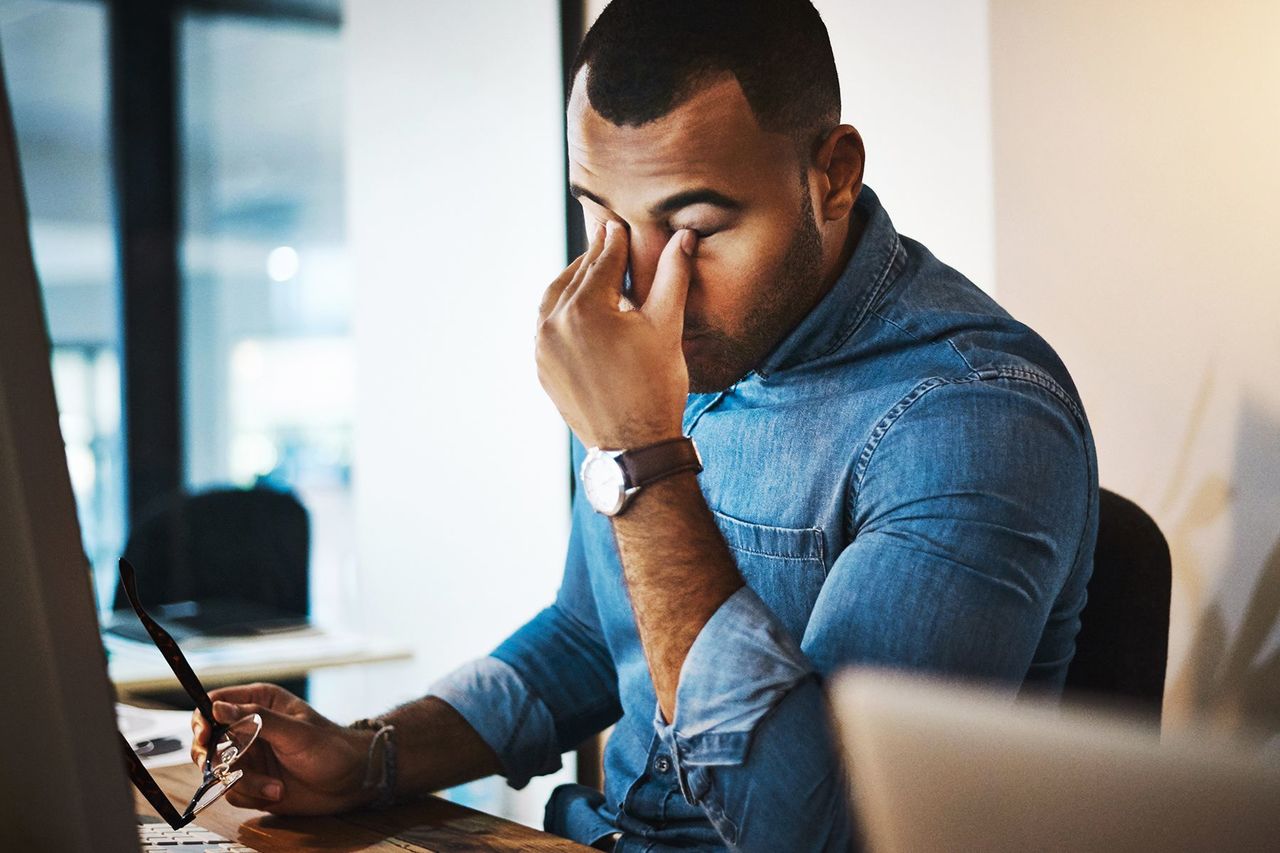
Burning or Stinging
It's often a sign of tired or irritated eyes, possibly from hay fever, dust, or smoke. It may also be a sign of blepharitis, a buildup of bacteria that causes dandruff-like flakes on your eyelids, or dry eye, when your eyes don't make good-quality tears or enough of them. A more serious issue is an inflamed cornea, also known as keratitis.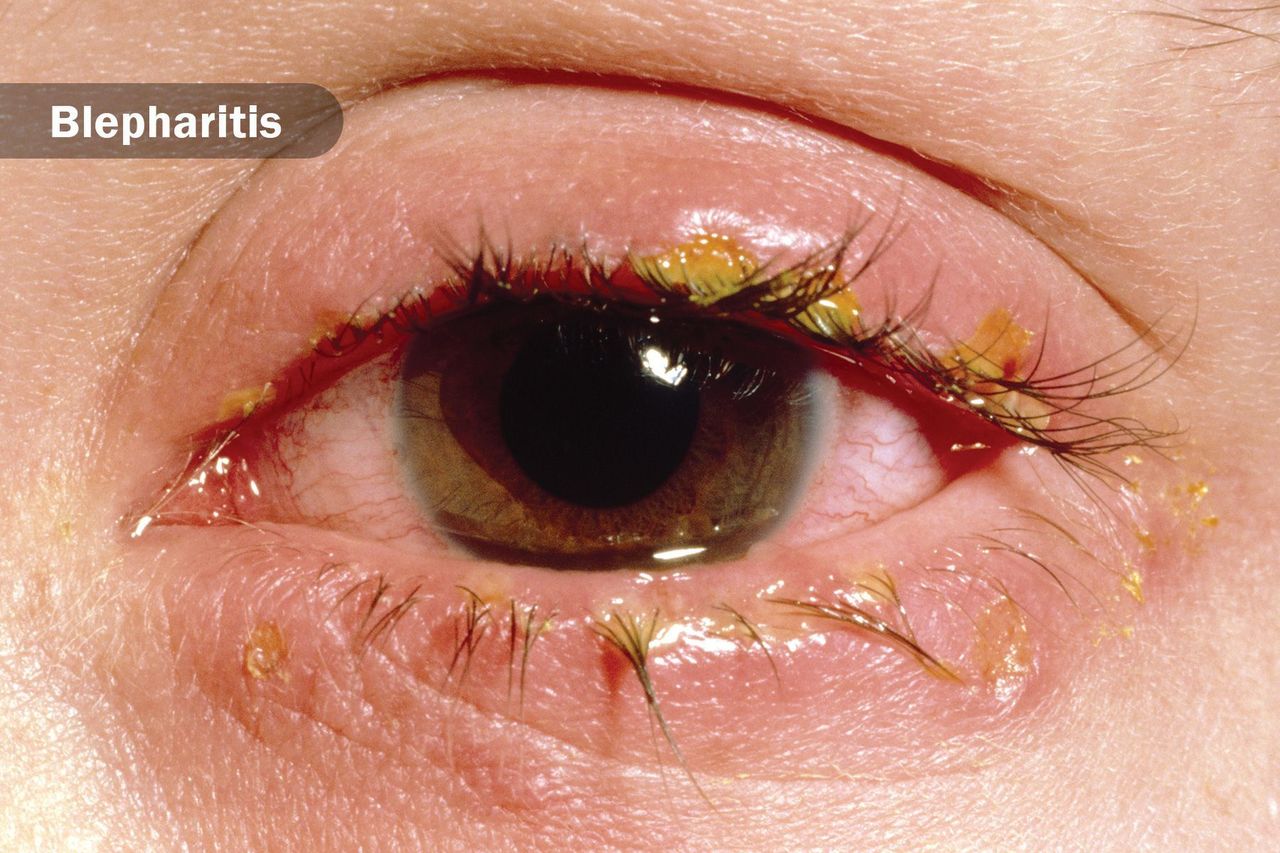
Crust
When tears and oils dry, they can leave a sticky crust on your lids or lashes. A small amount when you wake up is normal, but you may need to see a doctor if you have more than usual, it's yellow or greenish, or you have other symptoms, too. Pinkeye is contagious. Blocked tear ducts can lead to the buildup of tears and fluids on your eyes. Blepharitis can cause problems with your oil glands.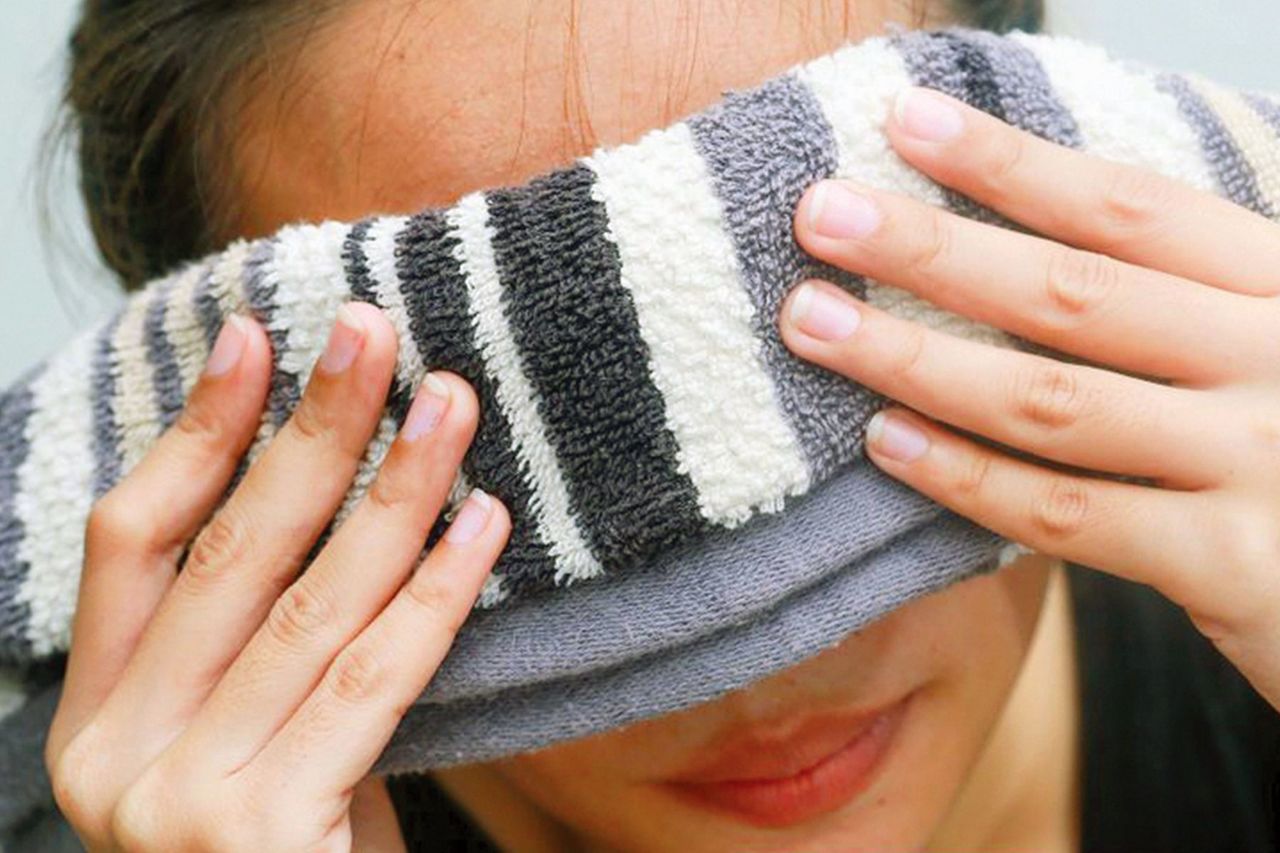
Dry or Itchy
Irritated eyes are often caused by allergies, medications, wearing contact lenses, aging, diseases like arthritis, and eyestrain from computer use. Eye drops may help. Look for ones that moisturize. Don't use drops for redness. Another way to get relief is to put a cold compress on your eyes. You should never rub an itchy eye. If it won't go away, see a doctor who can help you treat the cause, not just the symptom.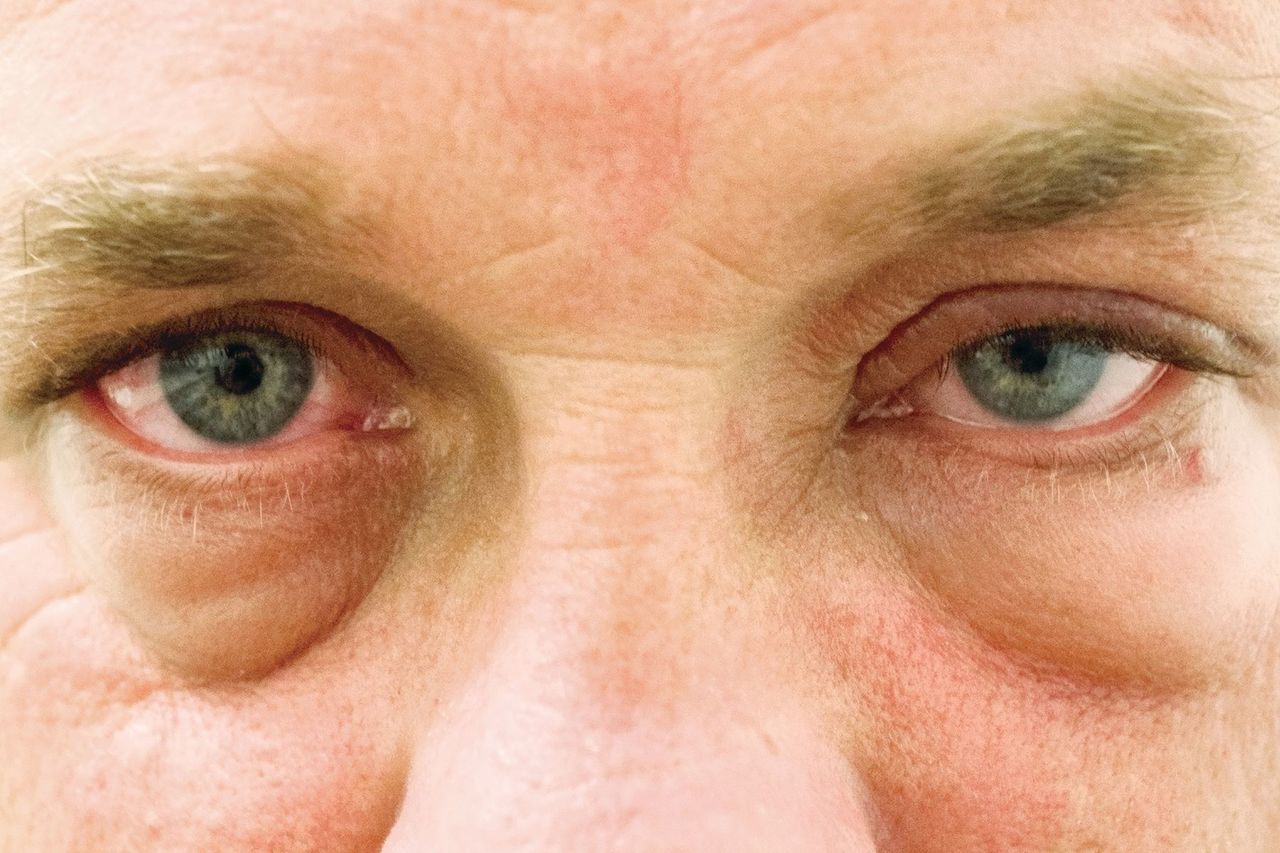
Puffy Eyes
It's often easy to figure out what's causing this - from allergies, pinkeye, or another infection or inflammation to bumps on your eyelids, sores on your cornea, or a black eye. In rare cases, it may be thyroid problems. Often the swelling goes away on its own. If it lasts longer than 24 hours or if you have trouble with your vision, call your doctor right away.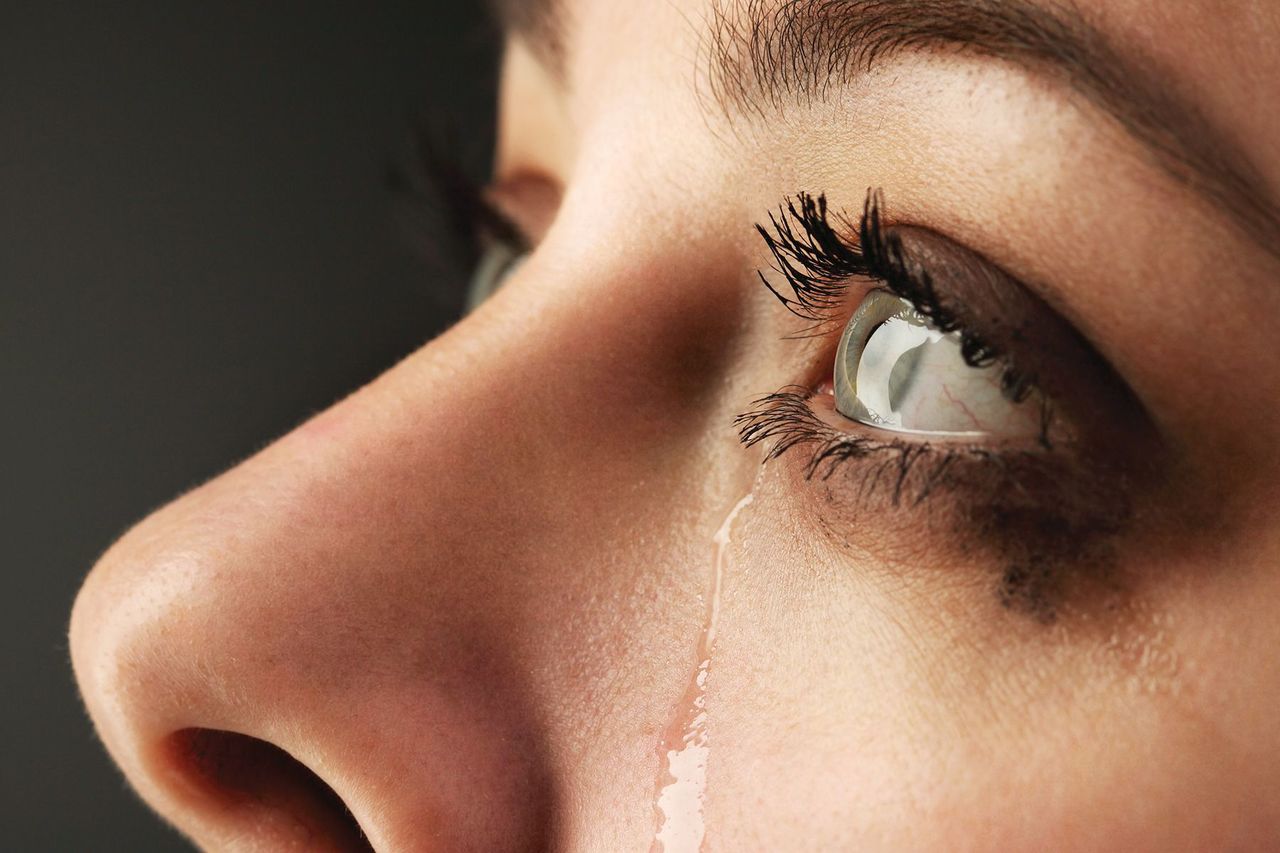
Watery
Tears are a good thing. They keep your eyes moist, and they help wash out things that don't belong. When you have watery eyes, that means either your tears are working overtime or they can't drain away normally. It may be something that will clear up, or it could be an infection, a cut or scrape, or blocked tear ducts. You should definitely see a doctor if your eyes hurt, you have trouble seeing, or it feels like something's in your eye.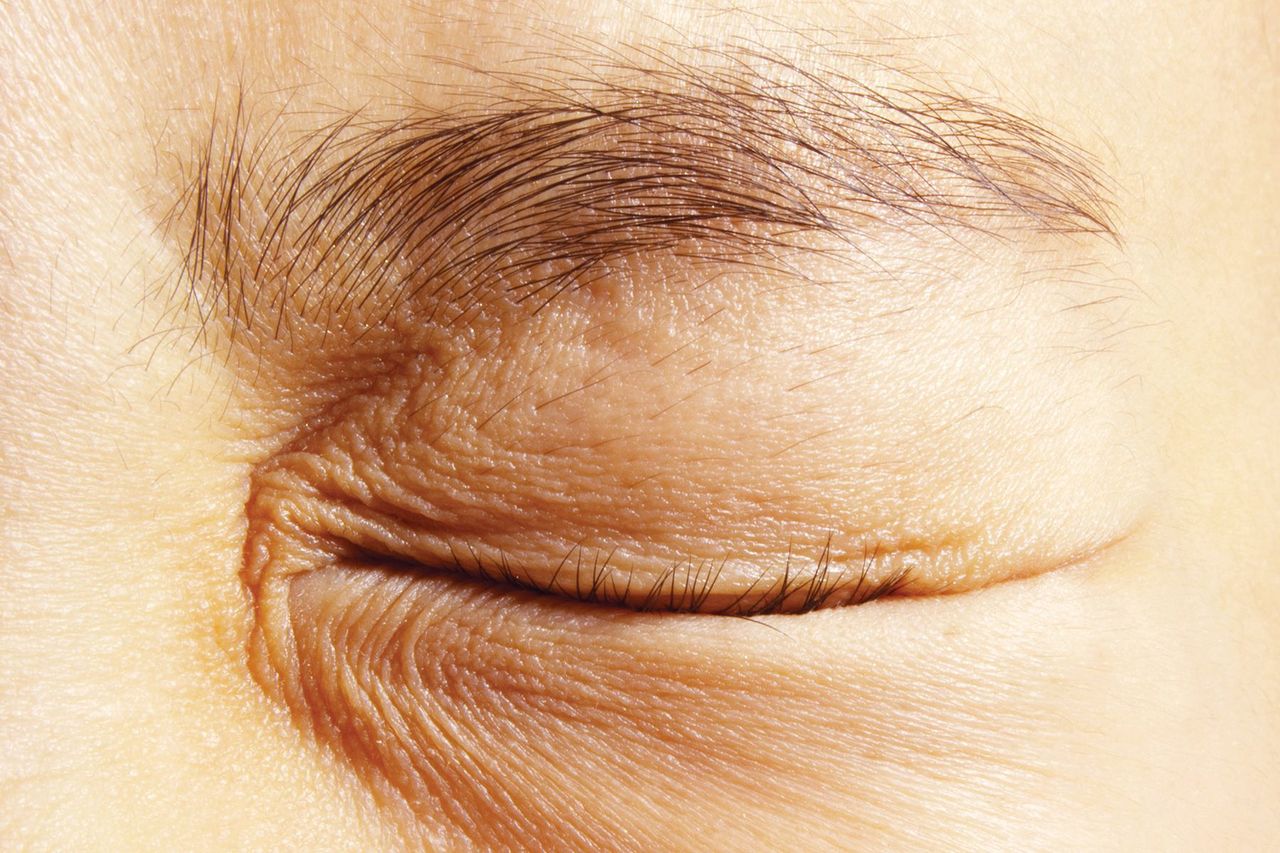
Twitching
Blinking is how you spread tears across your eyes. Small, unintended movements of the eyelid are common and may stop when you get more rest or cut back on caffeine. You'll want to call your eye doctor when your eyelids are closing for no reason (blepharospasm), which may last for hours, or one side of your face goes tight (hemifacial spasm), often starting near the eye.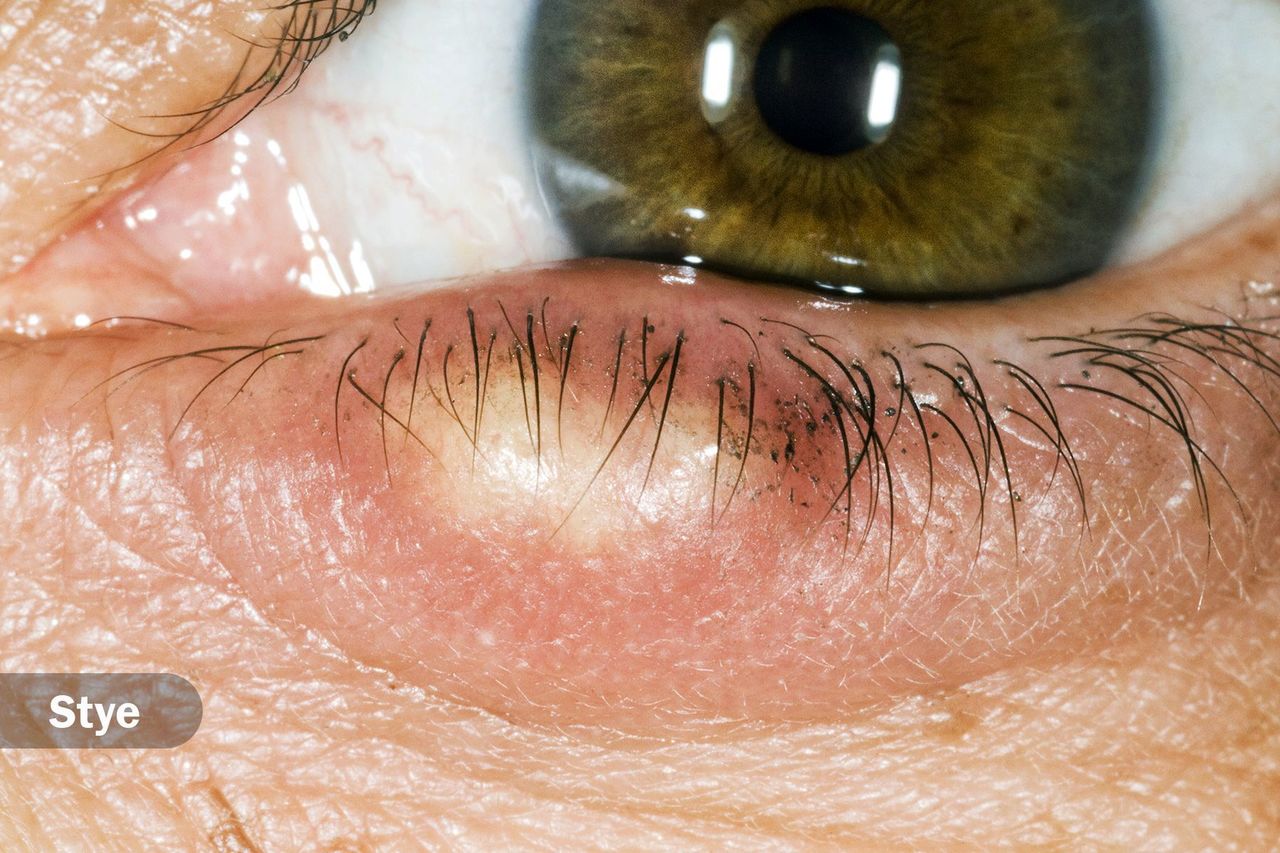
A Lump
It may be tempting, but never pop one yourself. Styes are red, painful lumps on your lashes or under your lid. They're caused by bacteria. A chalazion is a usually painless swollen bump on your eyelid from a clogged oil gland.
Soak a clean washcloth in warm water, then hold it on your eye for about 10 to 15 minutes, three to five times daily. If that doesn't help, see your doctor. 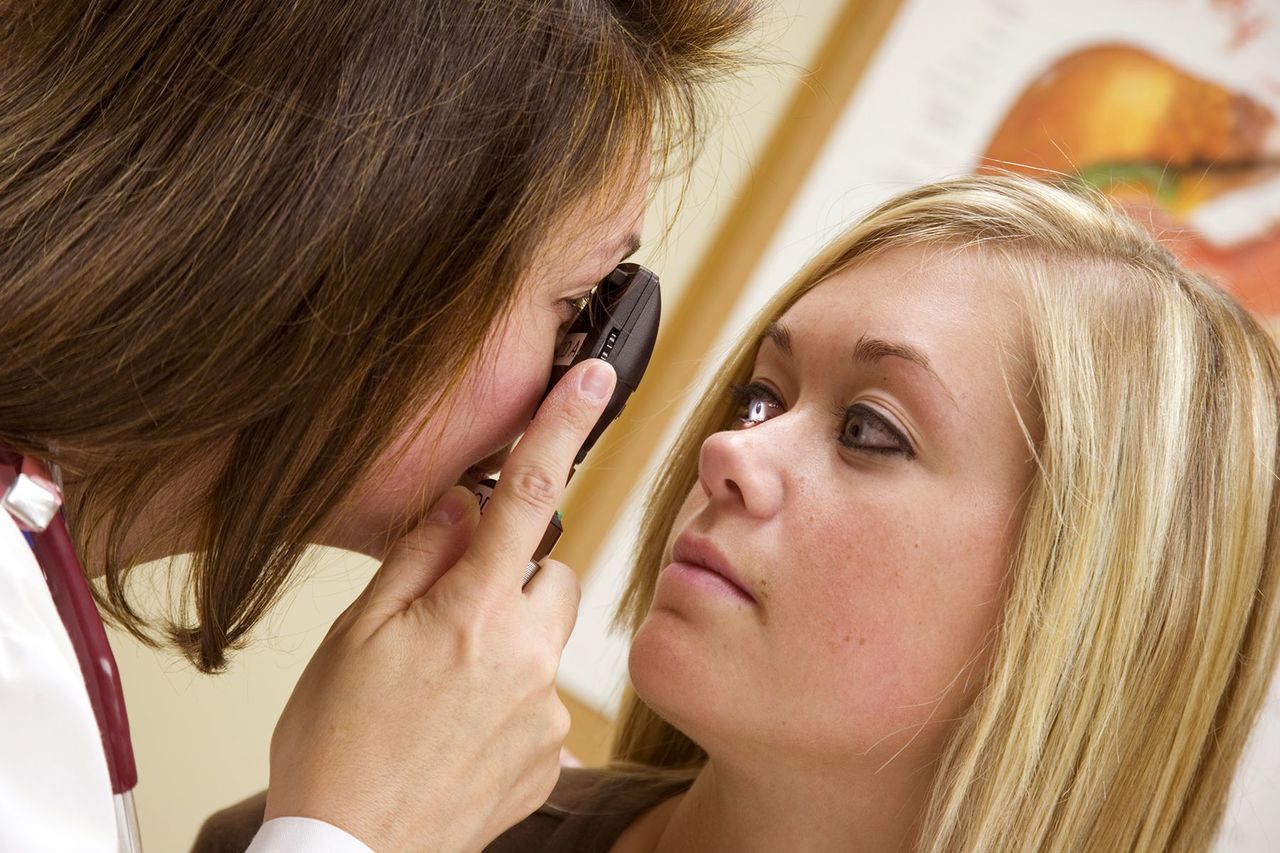
'Something' in Your Eye
Don't rub! If your eyes aren't watering already, blinking more or using artificial tears may help flush out an eyelash or speck of dust. Tears will also ease the sliding of your eyelid over your eye in case something is inflamed. A warm washcloth on your eyes could be soothing, too. See an eye doctor if the feeling doesn't get better within hours. It could be an infection, a scratched cornea, or something else you'll need help with.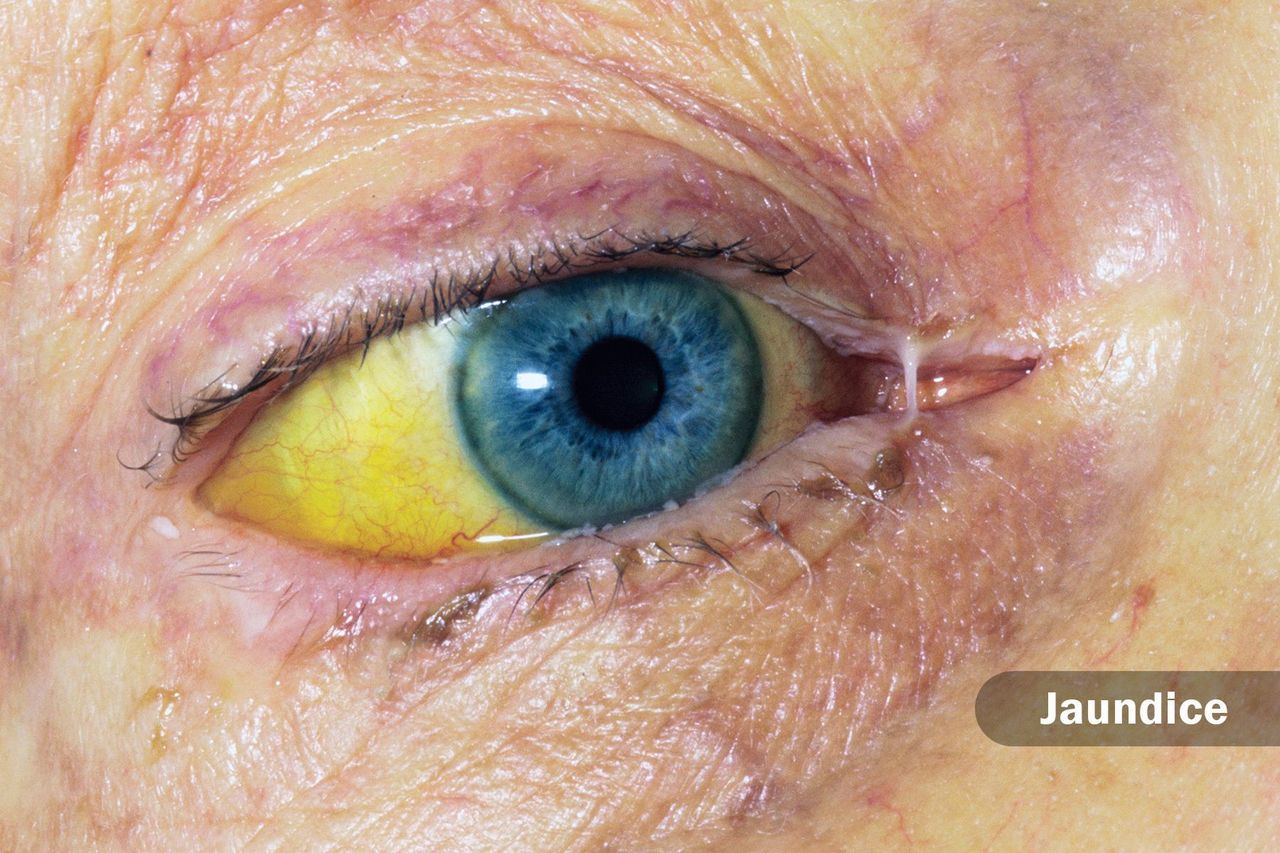
Yellow
If the whites of your eyes look yellow instead, it's a good sign you have jaundice. This liver disease can be the result of hepatitis, alcohol abuse, gallstones, and rarely cancer. See a doctor right away.
Yellow spots in your eyes are more likely to be growths called pinguecula (protein, fat, or calcium) or pterygium (fleshy tissue). You don't usually need to get treatment for these unless they bother you or interfere with your vision.











